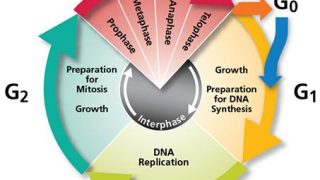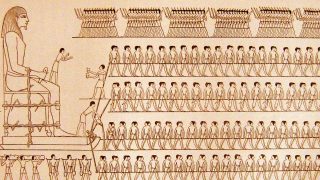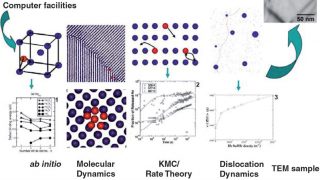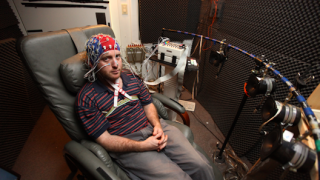
DNA replication: how a job is well done in just a few hours
Think on a cell, it is alive and, among other things, it lives to reproduce itself. The paradigm of cell division is the mitosis, a wonderful dance orchestrated to equitably distribute the possessions of the mother cell: molecular structures, machinery and, especially, the genetic material. Prior to distribute, a good mother always amasses a fortune […]








